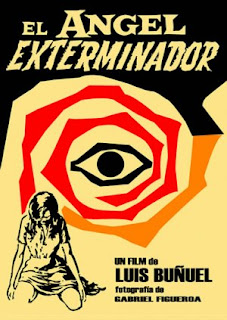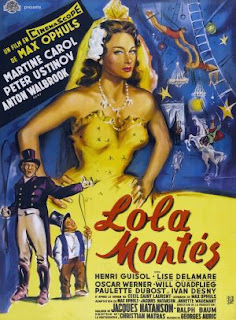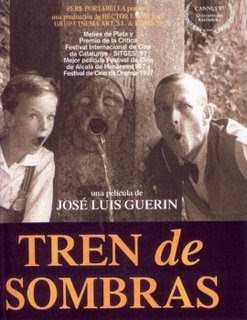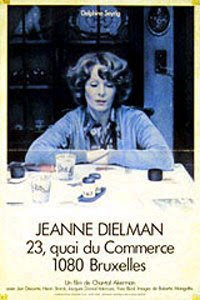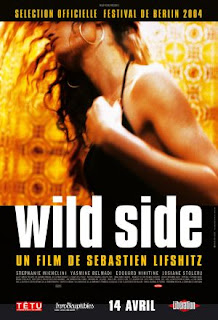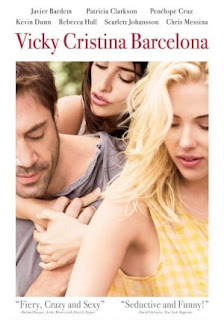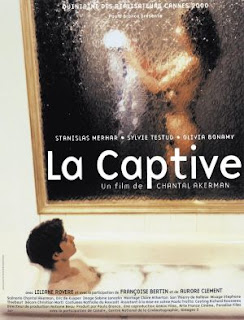Cinematheque: Silence and Cry (Jancsó, 1967)
 Part of a mini-retrospective on Miklós Jancsó at the Cinematheque Ontario this weekend, Silence and Cry is the first of four films in the series, presumably his most significant four, which showed last night as part of a double feature. The films aren’t being shown chronologically, as they followed up this film with The Round-Up, made one year previous to this one. I suppose there is either a thematic or temporal reason for their arrangement which is, as of right now, unknown to me; thus, I won’t really say much more right now about the four films as a quadrilogy, or any other relation, except that they were all made my Miklós Jancsó in the span of six years.
Part of a mini-retrospective on Miklós Jancsó at the Cinematheque Ontario this weekend, Silence and Cry is the first of four films in the series, presumably his most significant four, which showed last night as part of a double feature. The films aren’t being shown chronologically, as they followed up this film with The Round-Up, made one year previous to this one. I suppose there is either a thematic or temporal reason for their arrangement which is, as of right now, unknown to me; thus, I won’t really say much more right now about the four films as a quadrilogy, or any other relation, except that they were all made my Miklós Jancsó in the span of six years.
The main hype about Jancsó is his camera work, specifically his long, languid takes. They aren’t Béla Tarr long, or even close to it; nor are they as monodirectional. Where Tarr will generally set his camera in a path that continues to progress into new territory, Jancsó roams a plane through and through, ritualistically, until its three-dimensionality is certain. While one often identifies the activity on-screen as being in the top or bottom, left or right of the frame, such ‘x and y’ graphing is not nearly adequate for these compositions; a ‘z’ is most definitely required. A figure in the top left corner of the frame isn’t in the top left corner of the frame, but is one hundred yards ahead and a few meters to the left. In staging these scenes, often framing scores of extras and characters, in their entirety, and capturing it all so thoroughly between each cut, the events depicted in the film gain a remarkable air of realism, as if some scenes are documenting the actual revolution.
As much as the film realistically portrays these historical events and the people and spaces surrounding it, it also cryptically eavesdrops on a few characters’ personal lives, muddily portraying a love triangle between István, our protagonist, and the two ladies on the farm who are poisoning a man and older woman, one of the ladies’ mother. The film is relaxed and meandering, mostly attributed to the camera and its drifting motions. Regardless of the drama brought in by our three ‘leads,’ the camera is the true star of this film, using the 2.35:1 format efficiently and deliberately; this film’s compositions just wouldn’t work in the typically more desirable academy ratio. The space, time, and mannerisms of the people captured in the lensing are much more telling of Jancsó as an artist than any expository theatrics could be.
Cinematheque: Silence and Cry (Jancsó, 1967) Read More »

